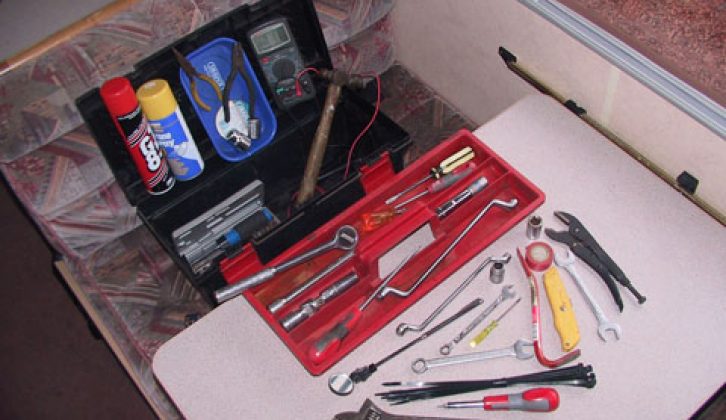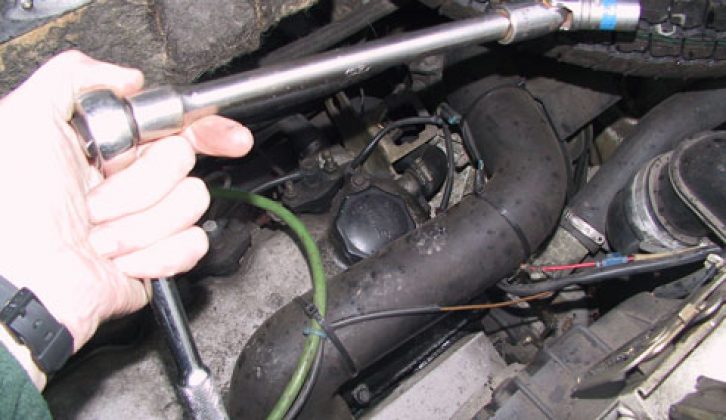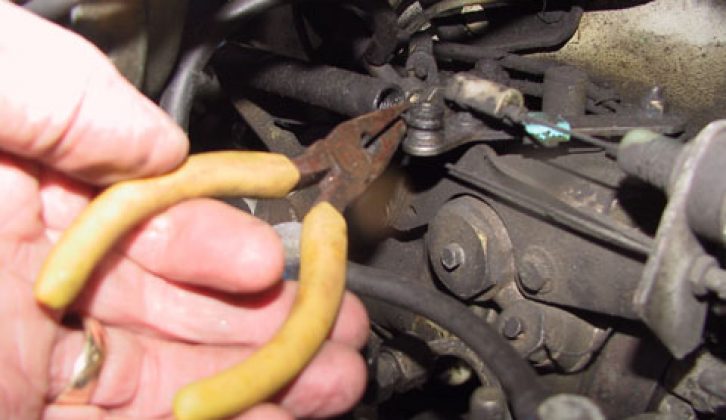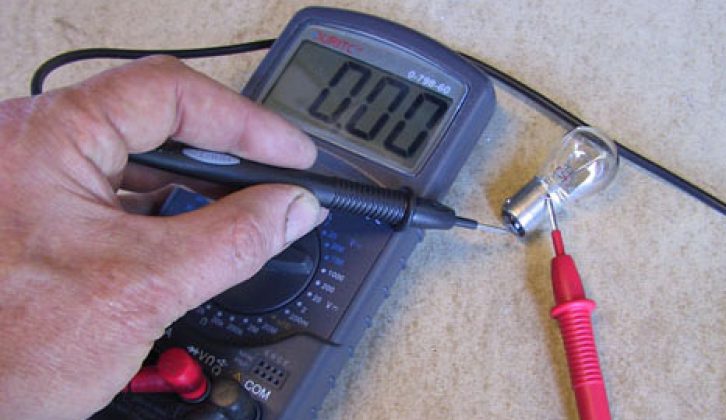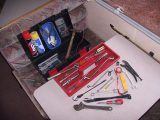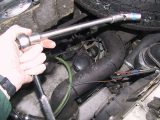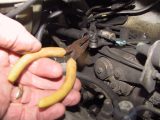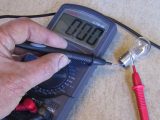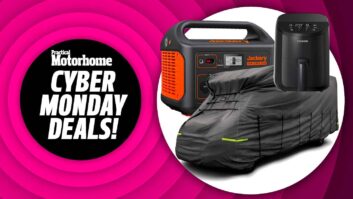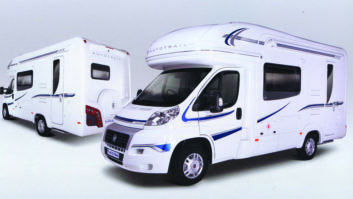It’s always worth carrying a basic toolkit in your ’van. It’s handy for fixing annoying problems such as leaky pipes and broken window latches, and for sorting electrical faults. And if problems arise with the vehicle’s engine, lights or running gear, carrying the right tools might save you the cost of involving a garage for a relatively minor vehicle repair.
Everyone’s ideal toolkit differs. Which tools we carry, and how many, depends on the age and type of vehicle, and how far we want to get involved with repairs before calling a specialist. The size of tool kit is also restricted by the amount of extra weight we’re prepared to carry, and the space available to store them. A rigid tool box can be bulky, but has the advantage of organised compartments and trays.
Spanners
Select the [tl:gallery index=1 size=216×129] spanners for your ’van, bearing in mind which parts of the ’van you are able and willing to work on yourself. Look under the bonnet and underneath at the suspension, brakes and propshafts, and make sure you have a spanner to fit everything that you might work on.
For example, you won’t need to work on a body-to-chassis bolt, but you might want to tighten the bolt that holds a worn suspension bush, or to refit a knocking anti-roll bar link. You’ll need the correct size spanner for each nut, but choose a socket spanner, open-ended type or a ring spanner to suit the access. Always include a spanner for the battery terminal bolts, too.
Socket set
Don’t pack a full set of sockets, just take those that you might need. The kit will include a ratchet handle, but an extension and a universal joint will help to reach partly hidden engine bay bolts. On older petrol vehicles, take a spark plug socket, too.
Adjustable spanners
A small and large adjustable spanner will provide a back-up for when you don’t have the correct conventional spanner. They’re also handy for water and waste connections, and gas bottles.
Mole grips
Moles will clamp and lock on to bolts, nuts, screw heads and fittings. Use them as a miniature vice to hold parts that you’re working on.
Pliers[tl:gallery index=2 size=216×129]
Take two sets of pliers: one with conventional square jaws, plus a set of long-nosed pliers for electrical jobs and small or difficult to reach parts.
Drivers
Ensure you have screwdrivers to replace engine coolant hoses, crosshead drivers to deal with fittings in the habitation section and a small screwdriver for electrical work. A set of Torx bits and a driver handle might be needed for vehicle interior fittings.
Wiring tools
A set of crimping pliers and assorted electrical terminals and connectors can get damaged circuits up and running again. Consider them to be only a temporary repair though; soldering is required for permanent repairs. Carry some electrical insulating tape, too as it has many other uses).
A length of copper wire (stripped from household 3-core cable) is also useful for binding, holding and clearing blockages. A length of heavy-gauge electrical cable with a crocodile clip on each end is useful for testing circuits. With its clips removed, the cable can be used to replace a damaged wire.
Multi-meter[tl:gallery index=3 size=216×129]
This is the best electrical fault tracer and it will also indicate the condition of the ’van’s battery. You’ll need a basic understanding of electrical circuits, but meters are supplied with full instructions and are simple to use.
Filler plug tools
A serious oil leak on a gearbox or axle might need frequent topping up. Check the filler plug type and make sure you have the correct tool. Some vehicles have square or hexagon sockets, others a raised square or hexagon head, or sometimes a Torx socket.
